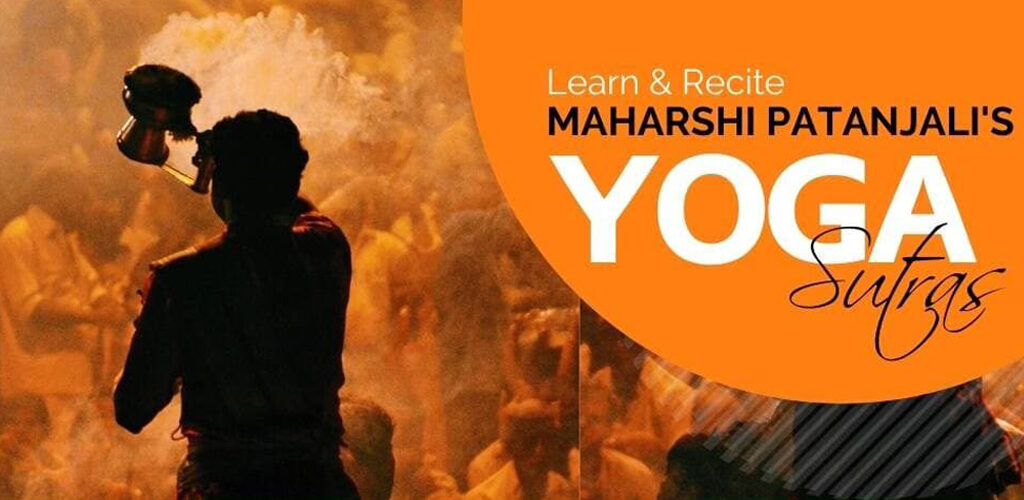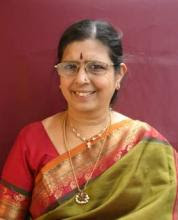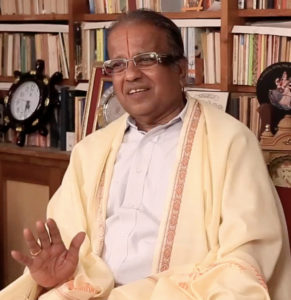
Maharshi Patanjali’s Yogasutras – Learn and Recite
Yogasūtrās of Patanjali, one of the earliest authoritative texts, are a collection of 195 Sanskrit sūtrās (aphorisms) on the theory and practice of yoga.
The Yogasūtrās have 4 pādās, namely समाधिपाद:, साधनपाद:, विभूतिपाद: and कैवल्यपाद:.
In the first part of this course, we focused on the first & the second pādās, and 5 sūtrās from the 3rd pādā.
In this course, which is the second part, the learners will study the 3rd & 4th pādās.
Enroll now to deepen your understanding.
Faculty
Introduction
Yoga is a pure science. It is the engineering of the inner being. The Yogasūtrās of Patanjali is one of the earliest authoritative texts. Patanjali Yogasūtrās are a collection of 195 Sanskrit sūtrās (aphorisms) on the theory and practice of yoga. The Yogasūtrās have 4 pādās, namely समाधिपाद:, साधनपाद:, विभूतिपाद: and कैवल्यपाद:. Out of these, the first & the second pādās, and 5 sūtrās from the 3rd pādā were studied in the first part. In this course, we are going to study the 3rd & 4th pādās.
The vibrations produced in the human system by chanting these texts help the person to transform to higher states of consciousness. As one goes on reciting the sūtrās, the meaning will also be understood naturally.
- vibhUtipāda: it starts with the last three angas of ashtaanga and with the constant practice, how one is going to reach the various states of samaadhi and acquire siddhis (paranormal powers or treasures).
- kaivalyapāda: gives how one attains kaivalya, being in a state of bliss, alone, without any kind of tools.
Objectives
- Acquire the skill of chanting & memorizing the sūtrās
- Understand the sūtra meaning naturally through recitation
- Adapt the Ashtaanga lifestyle of a calm & collected mind
Expected Outcomes
- To achieve good Sanskrit pronunciation
- To improve mindfulness and more maturity
- Knowledge of yoga technical terms
Beneficiaries
- Anyone interested in learning to recite Yogasutras.
Syllabus
Part-I
- Introduction to chanting and proper pronunciation with practical experience
- Introduction to Yogasutra of Maharshi Patanjali & to vibhUti pādās
- Recitation of 1- 8 sutras & its explanation
- Recitation of 9- 13 sutras & its explanation
- Recitation of 14 – 20 sutras & its explanation
- Recitation of 21- 25 sutras & its explanation
- Recitation of 26 -34 sutras & its explanation
- Recitation of 35 – 37 sutras & its explanation
- Recitation of 38 – 41 sutras & its explanation
- Recitation of 42 – 46 sutras & its explanation
- Recitation of 47 – 50 sutras & its explanation & its explanation
- Recitation of 51 – 55 sutras & its explanation, overall summary
Part-II
- Introduction to Kaivalya pādās
- Recitation of 1- 5 sutras & its explanation
- Recitation of 6 – 10 sutras & its explanation
- Recitation of 11- 15 sutras & its explanation
- Recitation of 16- 20 sutras & its explanation
- Recitation of 21 -25 sutras & its explanation
- Recitation of 26 – 30 sutras & its explanation
- Recitation of 31 – 34 sutras & its explanation
- Recitation of all the sutras from 3rd pādās
- Recitation of sutras from 4th pādās & overall summary


